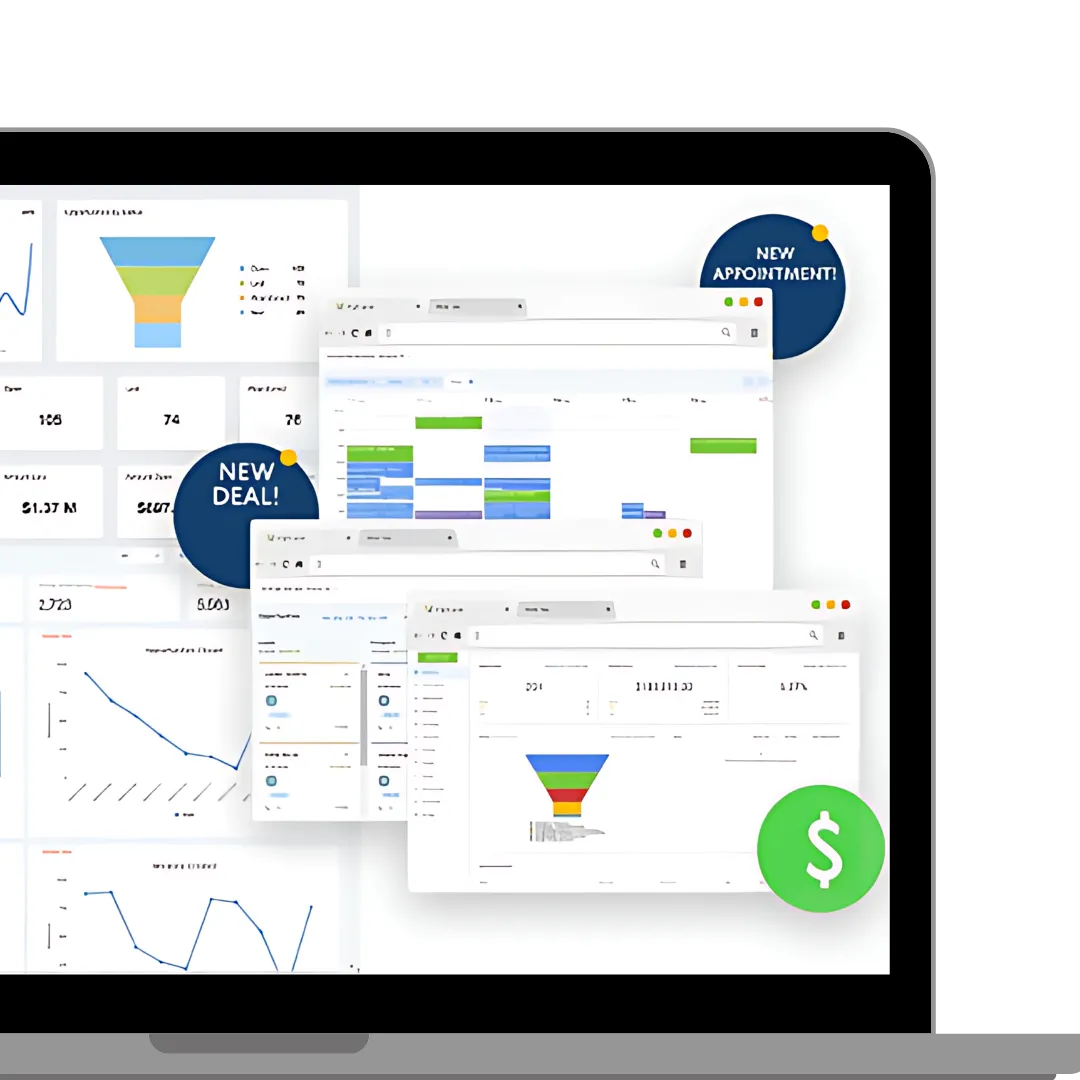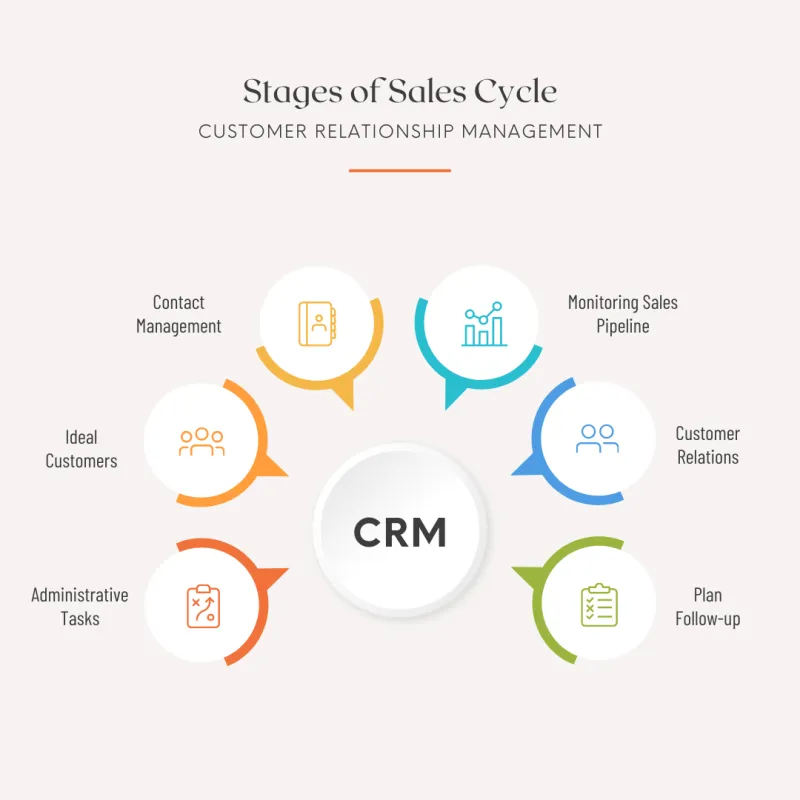
Dominate Google My Business
Dominate Google My Business: Unlock a Flood of Phone Calls & Online Leads
Google My Business (GMB), now known as Google Business Profile (GBP), is no longer just a listing – it's your digital storefront, your virtual salesperson, and often the first point of contact for local customers. In today's dynamic local search landscape, simply having a profile isn't enough. You need to stand out. The local search environment is constantly changing, with new features and algorithm updates occurring regularly. As of mid-2025, Google continues to prioritise proximity, relevance, and prominence in local rankings. This means the more complete, accurate, and engaging your GBP is, the better your chances of turning local searches into real leads – whether through phone calls or website form submissions. This isn't just about appearing; it's about making a mark. We're talking about practical strategies that go beyond the basics, aimed at transforming your Google Business Profile into a powerful lead-generation tool.
The Foundation: Building an Unshakeable Google Business Profile
Think of your GBP as the digital foundation of your local business. Without a solid base, everything else falls apart.
Claim and Verify Your Profile: This is the very first step. You can usually manage your profile directly from Google Search and Maps once verified. Make sure your verification method (postcard, phone, email, or video) is completed quickly. Google is tightening verification processes, so legitimacy is crucial.
NAP+W Consistency Is Key: Your Name, Address, Phone Number, and Website URL must be consistent across your Google Business Profile, your website, social media, and all other online directories. Inconsistent information confuses Google and potential customers. Be precise!
Pro Tip on Business Name: Google is more strict than ever about business names matching your real-world signage exactly. Avoid keyword stuffing or adding slogans; doing so can lead to suspension.
Strategic Category Choice: This is one of the most significant ranking factors. Select the most specific primary category that defines your main business. Then, add up to nine secondary categories that accurately describe all your services. For example, a "plumber" might also include "water heater repair" and "drainage service."
Creating an Engaging Business Description: This 750-character (about 150-300 words) section is your opportunity to stand out.
Keywords: Naturally incorporate relevant keywords related to your services and location, but steer clear of keyword stuffing. Google's AI can detect and penalise this.
Unique Selling Propositions (USPs): What sets you apart? Showcase your specialties, awards, or customer-focused approach.
Call to Action (CTA): Motivate visitors to learn more, visit your website, or call you. As of mid-2025, Google is even testing AI-generated description suggestions, which you can use as a starting point.
Using Attributes for Specificity: These tags offer important details about your business. Examples include "wheelchair accessible," "free Wi-Fi," "outdoor seating," "LGBTQ+ friendly," "Black-owned," "women-led," or "eco-friendly" initiatives. Filling these in helps you appear in targeted searches and appeals to diverse customers.
Complete Services and Products Listings: Don't just list a broad category. Use these sections to detail your specific offerings. For each service or product, add a description, price (if applicable), and direct links to the relevant pages on your website. This helps users find exactly what they need and boosts targeted website traffic.
The Direct Line: Optimizing for More Phone Calls
For many local businesses, the sound of success is the phone ringing. Your GBP can serve as a direct link for these vital connections.
Prominently Display Your Phone Number: Make sure your primary phone number is correct and easy to see. On mobile devices, it often appears as a large, clickable "Call" button – making it very convenient for users on the go.
Accurate and Updated Business Hours: Few things frustrate potential customers more than calling outside of business hours. Keep your regular hours current, and remember to add special hours for holidays or temporary closures. This builds trust and ensures calls are received when you are available.
"Call Now" Google Posts: Google Posts offer a dynamic way to share updates, offers, and events directly on your profile. Create "Offer" or "Update" posts with a clear image, brief text, and a strong "Call Now" Call-to-Action button. Use these for promotions, special services, or urgent announcements.
Proactive Q&A Management: The Q&A section allows users to ask questions directly on your profile. Monitor this section carefully and respond quickly. Better yet, proactively add your own Frequently Asked Questions (FAQs) with answers. This pre-empts common inquiries and can encourage a call if more specific information is needed.
Harnessing Reviews for Trust: While not a direct call feature, positive reviews build significant trust. When potential customers see glowing testimonials, they are much more likely to feel confident reaching out.
Driving Digital Conversions: GMB for Website Traffic & Form Leads
While phone calls are immediate, many businesses depend on website visits to gather detailed lead information through forms, enable online bookings, or support e-commerce.
Optimized Website Link: Your primary website URL is essential. Make sure it points to your main domain or a relevant, high-converting landing page.
Strategic Google Posts for Website Clicks: Besides "Call Now," Google Posts provide other strong calls to action like "Learn More," "Shop Now," or "Book Now." Use these to:
Promote specific products or services with direct links to their e-commerce pages.
Announce new blog content or resources to drive traffic to valuable information on your website.
Highlight special promotions that visitors can redeem by visiting your site.
Booking/Appointment Links: If you use a booking system (such as Calendly, Acuity Scheduling, or even Google's "Reserve with Google" partners), incorporate your booking link directly into your GBP. This makes the customer journey smoother, leading straight to appointments and form submissions.
Product & Service Deep Linking: As mentioned earlier, link individual products and services within your GBP directly to their specific pages on your website. This reduces obstacles and helps customers find the exact information they need, increasing the chances of conversion.
Mobile-First Website Experience: A large part of GMB interactions occur on mobile devices. Your website must be quick, responsive, and easy to navigate on smartphones. If users encounter a slow, cluttered, or non-mobile-friendly site, they will leave immediately, wasting your GMB efforts.
Visuals & Engagement: Captivating Your Audience
Humans are visual creatures. Your GBP serves as a visual preview of your business, making high-quality content essential for engagement.
High-Quality Photos and Videos:
Variety is Key: Upload exterior shots (day and night), interior photos, product or service showcases, team pictures, and behind-the-scenes glimpses. Show, don't just tell.
Quality Matters: Use well-lit, high-resolution images. Google recommends 1080x1080 pixels for photos.
Leverage Video: Short, engaging videos (up to 30 seconds and 100MB) can significantly boost engagement. Google Lens supports video search, and videos can even autoplay in some mobile carousels, offering a powerful differentiator. Showcase your services, staff, or unique atmosphere.
Regular Updates: Consistently add new photos and videos to keep your profile fresh and engaging.
Dynamic Google Posts Strategy: Don't just post once and forget about it. A consistent posting schedule (e.g., weekly) signals to Google that your business is active and relevant. Use posts to share:
Offers: Discounts, promotions, sales.
Updates: News, new services, changes in hours.
Events: Workshops, grand openings, community involvement.
Products: New arrivals, popular items.
Utilising the Messaging Feature: While Google is adjusting its native in-profile chat and call history (no longer available as of July 31, 2024), direct messaging via text or WhatsApp may still be an option for eligible accounts. If you have this enabled, respond promptly. This direct communication channel allows pre-sales questions to be answered quickly, leading to more qualified leads.
Social Media Integration: You can now directly add links to your social media profiles (e.g., Facebook, Instagram, X/Twitter) on your Google Business Profile. This expands your digital footprint and offers more avenues for customer engagement.
AI-Powered Menu (for eligible businesses): If you're a restaurant, Google's AI can now generate a formatted digital menu from a PDF or photo, ensuring your online menu is always up-to-date and accessible.
The Trust Factor: Mastering Customer Reviews & Q&A
Reviews serve as the social proof that influences local conversions. Google's recent crackdown on fake reviews only highlights the importance of genuine feedback.
Proactive Review Solicitation (Ethically!):
Direct Link: Share your direct Google review link via email, SMS, thank-you notes, or on your website.
In-Person Reminders: Gently remind satisfied customers to leave a review.
Post-Service Follow-Ups: Send an email or text after a service or purchase.
AVOID INCENTIVISING REVIEWS: Offering discounts or freebies for reviews violates Google's policies and can lead to penalties or review removal. Focus on earning authentic feedback.
Respond to Every Review (Positive & Negative):
For Positive Reviews: Express appreciation, thank the customer by name, and reinforce their positive experience. This encourages more reviews and shows you value feedback.
For Negative Reviews: Respond promptly, professionally, and empathetically. Apologise for any shortcomings, acknowledge their concerns, and offer to resolve the issue offline (e.g., "Please call us directly at [phone number] so we can make this right."). This demonstrates to potential customers that you care about satisfaction and are proactive in resolving issues.
AI-Generated Summaries: Google Maps increasingly uses AI to summarise review themes, making your review management even more important for your overall perception.
Consistent Review Velocity: Google values a steady flow of new, genuine reviews. This indicates an active business and improves your ranking.
Managing the Q&A Section: Don't let this section become unruly. Monitor it regularly. Answer questions quickly and accurately. You can also seed this section with your own FAQs to address common customer concerns upfront.
Beyond GBP: Local SEO Synergy for Ultimate Dominance
While your Google Business Profile is central, it doesn't operate in isolation. Its performance is heavily influenced by other local SEO factors.
NAP Consistency Across the Web: Reiterate this crucial point. Every online mention of your business (your website, Yelp, Yellow Pages, industry-specific directories, social media profiles) must list your Name, Address, and Phone Number exactly as they appear on your GBP. Inconsistencies confuse search engines and weaken your local authority.
Local Citations: These are online mentions of your business's NAP. The more consistent, accurate, and high-quality citations you have across various online directories (e.g., Yelp, TripAdvisor, local chambers of commerce, industry-specific sites), the more authority Google attributes to your business.
On-Page Local SEO: Optimize your website for local search. This includes:
Location-Specific Keywords: Incorporate city/region names into your website content, page titles, and meta descriptions.
Local Schema Markup: Implement schema markup on your website to provide structured data about your business (e.g., your address, phone, business hours) directly to search engines.
Dedicated Local Landing Pages: If you serve multiple locations, create unique landing pages for each, optimised with specific local keywords and information.
Local Backlinks: Gain high-quality backlinks from other reputable local businesses, community organisations, or local news outlets. These backlinks signal trust and authority to Google.
User Experience (UX) Signals: Google prioritizes websites that offer a great user experience. This includes:
Website Speed: A fast-loading website keeps visitors engaged.
Mobile-Friendliness: Essential for local searches conducted on smartphones.
Dwell Time & Bounce Rate: If users stay on your site longer and visit multiple pages, it signals value to Google. Recent algorithm updates in 2024-2025 emphasise mobile UX as a critical ranking factor.
Measure, Analyze, Optimize: Tracking Your GMB Lead Generation
You can't improve what you don't measure. Google Business Profile offers built-in insights, and combining these with other analytics tools provides a holistic view of your lead generation.
Google Business Profile Insights (Performance Report):
Access: Find these directly within your GBP management interface.
Key Metrics:
Searches: How customers found your business (Direct, Discovery, Branded).
Views: How many times your profile was viewed on Search and Maps.
Website Clicks: Clicks on your website link.
Calls: Clicks on your phone number (crucial for phone leads!).
Directions Requests: How many users asked for directions to your location.
Messages: If enabled, the number of conversations initiated (note: In-profile chat history is deprecated as of July 31, 2024, but the 'Messages' metric will likely reflect ongoing conversations through eligible channels, such as text/WhatsApp).
Analysis: Monitor trends over time. Identify the most frequent actions and optimize your profile accordingly.
Google Analytics (GA4) Integration: This is vital for tracking website traffic originating from your GBP. Set up conversion goals in GA4 for form submissions, button clicks, or specific page visits. This allows you to see how GMB contributes to your overall website conversions.
Call Tracking Solutions: For precise measurement of phone leads, integrate a dedicated call tracking solution. These services provide unique phone numbers for your GMB listing, allowing you to track the exact source of calls, record conversations (with consent), and gather invaluable data on lead quality.
Iterative Optimization: Use the data from your insights, Google Analytics, and call tracking to continuously refine your GBP strategy. Test different photos, post types, descriptions, and CTAs. The world of local SEO is dynamic, so constant adaptation is key.
Don't Just List, Dominate!
In 2025, Google Business Profile is more than just a free listing; it's a powerful, essential tool for local lead generation. By carefully optimizing every section, actively engaging with customers, embracing fresh visual content, and aligning your GBP efforts with broader local SEO strategies, you won't just appear in local searches – you'll dominate them. Start implementing these strategies today and turn your Google Business Profile into a relentless lead-generating machine for your business. What's one GMB optimization you're planning to implement this week? Share in the comments below!













